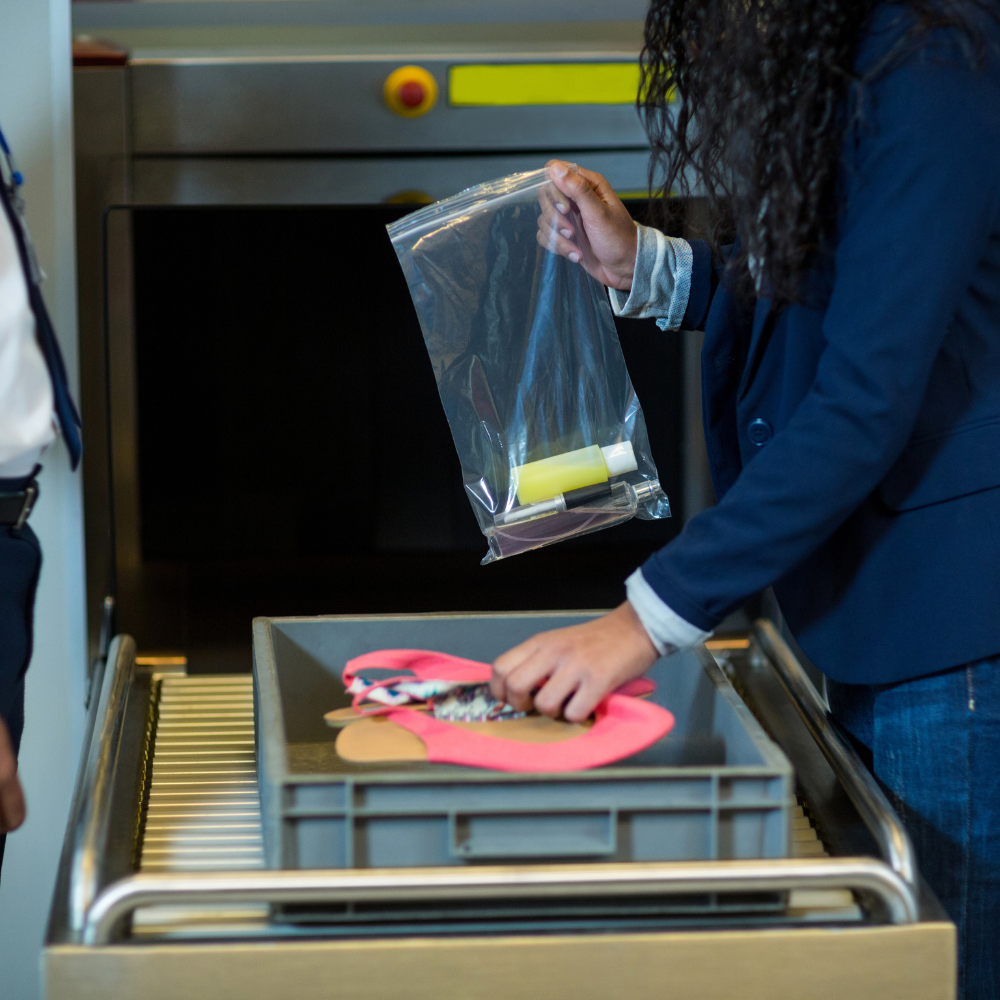
According to a report, an estimated 700,000 children in England are taught in hazardous school buildings that require extensive repairs.
Since 2021, according to the National Audit Office (NAO), the Department for Education (DfE) has deemed the risk of injury or death due to a school building collapse to be "very likely and critical." However, the risks have not been resolved due to years of insufficient funding.
The Department for Education claims it has "significantly invested in transforming schools." An official stated, "nothing is more important" than school safety, and since 2015, the department has allocated over £15 billion to maintain schools safe and operational. However, the UK's independent public expenditure watchdog, the National Audit Office, stated that the deteriorating condition of school buildings was detrimental to student achievement and teacher retention.
Mother-of-two As she waited to retrieve her children from school, Sheffield native Carla Ashman was struck in the face by a 15-foot (4.5-meter) piece of fascia board covered in nails that fell from the building. She was left with a black eye, headaches, and tinnitus, all of which continue to impair her several months later, but she says it could have been significantly worse.
Ms. Ashman explains, "It was a very long board with very large nails protruding from it, so the thought of what could have happened was a real scare for the children." More than a third (24,000) of all English school buildings had outlived their anticipated initial design life, according to a report by the National Audit Office.
It also highlighted ongoing concerns for school buildings that still contain reinforced autoclaved aerated concrete (RAAC), a lightweight form of concrete prone to collapse that was extensively used between the 1950s and the mid-1990s. The DfE has identified 572 schools where RAAC may be present, and has confirmed its presence in 65 of them, requiring immediate action in 24 of them.
The NAO stated that asbestos posed a greater threat to school safety in poorly maintained school structures. In a written response to Liberal Democrat MP Munira Wilson in February, the government stated that at least 39 schools had been forced to close due to numerous safety concerns since December 2019.
In its 2020 spending review, the DfE recommended minimum financing of £5.3 billion per year to mitigate the most severe risks of building failure, with £7 billion per year being the "best-practice" level. However, the Treasury subsequently allocated an average of £3,1 billion per year to the department.
Rachel Jones, the principal of Kingsley St John's Primary School in Cheshire, states that her school's budget is "completely strained." "As a result of my procrastination, most of the school's budget cuts are being made to the building," she explains. She also mentioned that they are using seamstress tape instead of replacing broken items.
Despite the "excellent" quality of instruction, Ms. Jones is "embarrassed" to show prospective parents around the school. Separately on Wednesday, the NAO published a report concluding that the DfE had inadequate plans to make state-funded school buildings in England more environmentally friendly.
In response to both allegations, Kevin Courtney, joint general secretary of the National Education Union, stated that the government was spending "nothing like enough" on school buildings.



